Dog Allergic Reaction Eye Swelling: Hidden Mistakes to Avoid
Yes, you can calm dog allergic reaction eye swelling with gentle cleaning, removing triggers, and timely advice from your veterinarian; if pain, squinting, or vision changes appear, seek urgent care.
Your dog’s eye suddenly looks puffy, maybe red, and they keep pawing at it. That’s scary — you wonder if it’s an allergy, an injury, or something serious. Say honestly, it’s hard not to worry when those loving eyes swell up overnight. The good news? Most cases of dog allergic reaction eye swelling calm down fast once you clean the area, remove the trigger, and get quick advice from your vet. This guide walks you step by step so you’ll know exactly what to do and when it’s time for professional care.

Table of Contents
What Helps a Swollen Eye from a Dog Allergy?
You help by rinsing with sterile saline, removing triggers, and asking your vet about safe anti-inflammatory care. This simple start lowers irritation and keeps the eye protected while you watch for changes.
Gentle Steps You Can Do Now
Wipe the eye area with pet-safe saline or sterile pads; avoid harsh home mixes.
Keep your dog from rubbing; use an e-collar if pawing continues.
Move away from pollens or dust; close windows and run an air purifier.
Why These Steps Work
Saline clears allergens and mild debris without stinging.
Limiting rubbing protects the cornea and surrounding tissues from injury.
Reducing airborne triggers lowers the immune system over-reaction that leads to swollen eyes.
Should I Give My Dog Benadryl for a Swollen Eye?
You can in some cases, but only after you speak with your veterinarian about dose and safety. Antihistamines help some allergic reactions, but they can hide signs of infection or other eye conditions.
What to Ask Your Vet
Is antihistamine right for this eye problem, or do we need an exam first?
What dose matches my dog’s weight and current meds?
Should we use oral meds, eye drops, or both?
Common Cautions
Drowsiness and dry eye can occur; watch comfort and blinking.
Never combine with other sedating drugs without approval.
If pain, squinting, or vision changes show up, that requires immediate veterinary care.
How Long Does Swelling from an Allergic Reaction Last in Dogs?
Most mild allergic eye swelling settles within 24–48 hours with the right care. If swelling lingers past two days, another cause—like bacterial infection, dry eye, or a foreign object—may be involved.
What a Normal Recovery Looks Like
Day 1: Redness and puffiness start to shrink; rubbing decreases.
Day 2: Discharge turns clear and less frequent; eyelids look closer to normal.
Day 3+: Nearly back to baseline; still avoid dusty walks for a couple of days.
When the Timeline Is Off
Green or yellow discharge suggests bacterial infection.
Persistent squinting suggests injury to the eye or a corneal ulcer.
A raised, red corner may mean the third eyelid is irritated or the dog third eyelid swollen problem needs vet care.
What Should I Do if My Dog's Eye Is Swollen?
Start by cleaning gently, limit rubbing, and call your vet for tailored advice. This protects the eye while you rule out serious issues that can worsen fast.
Step-by-Step Action Plan
Look for visible debris, seeds, or grass heads near the eye area.
Rinse with sterile saline; do not use human eye drops unless your vet says so.
Protect with an e-collar; stop scratching that can injure surrounding tissues.
Monitor for eye discharge, squinting, or changes in the third eyelid.
Call your clinic or animal hospital if swelling increases or your dog seems painful.
Red Flags You Should Not Ignore
Closed eye, bulging, or sudden vision trouble.
Thick, smelly discharge or bleeding.
Known injury to the eye or suspected foreign object.
What Causes Dog Allergic Eye Swelling?
Common triggers include pollen and dust, food allergies, insect bites, and irritation from objects or scratches. Infections and dry eye can mimic allergies and need different treatment.
Major Causes at a Glance
Environmental allergens: pollens, dust, molds, smoke, fragrances.
Food allergies: proteins like beef, chicken, dairy, wheat, or soy.
Injury to the eye / foreign object: sand, seed hulls, or rough play.
Bacterial infection: often follows rubbing or a surface scratch.
Dry eye (KCS): low tears cause redness, mucus, and recurrent swelling.
Immune system issues: less common, but some conditions inflame the eyelids and third eyelid.
Quick Comparison: Allergy vs. Infection
| Feature | Allergic Reaction | Bacterial Infection |
|---|---|---|
| Discharge | Watery or clear | Yellow/green, thicker |
| Itching | Frequent rubbing and face-pawing | May rub due to pain, not itch |
| Onset | Often after pollen/dust exposure | After injury or prolonged irritation |
| Treatment | Allergen control, antihistamines | Vet exam, antibiotic drops |
Which Symptoms Should You Watch For?
Watch for eyelid puffiness, redness, and changes in the third eyelid. Also note discharge type, squinting, light sensitivity, and rubbing.
Common Signs
Swollen eyelids and puffy surrounding tissues.
Clear to colored eye discharge; crusts at the corner.
Frequent blinking, pawing, or rubbing on furniture.
Hiding from bright rooms or sunlight.
Dog allergic reaction eyes swollen after a dusty hike or lawn mowing.
Less Obvious Signs
Visible third eyelid edge, especially after naps.
Reluctance to fetch or play in wind or tall grass.
Changes in tear staining or wet streaks down the face.
Everything Our Vets Recommend
Dog Swollen Eye Home Treatment: What’s Safe?
Safe home care includes saline rinse, cool compress, and trigger control while you watch closely. If swelling worsens or pain appears, stop and contact your veterinarian.
At-Home Steps You Can Try
Apply a cool, clean compress for 5–10 minutes; never press on the eye.
Use sterile saline pads to clean the eye area twice daily.
Run HEPA air filtration when pollen counts are high.
Wash bedding weekly with fragrance-free detergent.
What to Avoid
No human redness-relief drops unless your vet approves.
No herbal oils near the eye; they can sting and worsen irritation.
Do not delay care if vision looks different or the eyelids balloon.
When Home Treatment Isn’t Enough
Swelling spreads to the muzzle or face.
Dog third eyelid swollen and colored discharge appear together.
History of eye injuries, ulcers, or dry eye needing prescription drops.
When It Requires Immediate Veterinary Care
Seek care right away if your dog is painful, the eye is closed, or discharge turns thick. Fast treatment protects vision and prevents deeper damage.
Why Fast Care Matters
Corneal ulcers can form quickly after rubbing or foreign objects.
Untreated infections can scar the cornea and affect sight.
Some allergic reactions swell fast and need anti inflammatory therapy.
What Your Vet May Do
Stain test to look for corneal scratches or ulcers.
Flip the eyelids to check for a hidden foreign object.
Prescribe antibiotic or anti-inflammatory eye drops; sometimes oral meds.
How to Prevent Future Flare-Ups
Reduce triggers, protect the eye, and keep regular checkups. Prevention lowers repeat swelling and keeps the eye comfortable.
Easy Prevention Wins
Check pollen counts; pick indoor play on heavy days.
Rinse face fur after walks; wipe the eye area gently.
Vacuum and change HVAC filters on schedule.
Use balanced food trials when food allergies are suspected.
Care for Sensitive Eyes
Ask about lubricating drops if your dog has dry eye.
Trim long facial hair that brushes the eye.
For sport dogs, consider protective eyewear in dusty fields.
Dog Allergic Reaction Eye Swelling FAQs
Why do allergies make my dog’s eye swell?
Allergens trigger the immune system, which releases chemicals that expand blood vessels and draw fluid into eyelids and tissues. This chain reaction leads to swollen eyes and itching.
Can I tell allergy from infection at home?
Watery discharge and itch lean allergy; thick yellow-green discharge and strong pain lean infection. When unsure, contact your veterinarian for an exam.
Is dog swollen eye home treatment enough?
Sometimes, yes—saline, cool compress, and trigger control can help mild flare-ups. Stop if swelling grows, your dog is painful, or the eye looks cloudy.
What if the dog third eyelid swollen look appears?
That suggests deeper irritation, a foreign object, or a tear-gland issue. It requires immediate veterinary attention to protect the cornea.
Should I use antihistamines for dog allergic reaction eyes swollen?
Ask your vet first. Antihistamines can help some dogs, but the right choice and dose depend on your dog’s age, weight, and other meds.
Summary & Handy Tips
Most cases of dog allergic reaction eye swelling improve with quick rinsing, trigger control, and guidance from your vet. Keep an eye on discharge color, rubbing, and the third eyelid. If pain or vision changes show up, go in right away. Simple habits—clean air, gentle wipes, and smart walks—make the next season easier.
You May Like:
- Cure for Dog Skin Allergies Owners Often Miss
- Best Dog Food for Pugs With Skin Allergies That Works
- Latest Guide 2025: Grain Free Dog Food for Dogs With Allergies
- Fresh Food for Dogs with Allergies: Mistakes to Avoid
User Comments
Does flea treatment kill ear mites too?
Can dogs take human probiotics?
Can dogs have people probiotics safely?
Related Articles
View all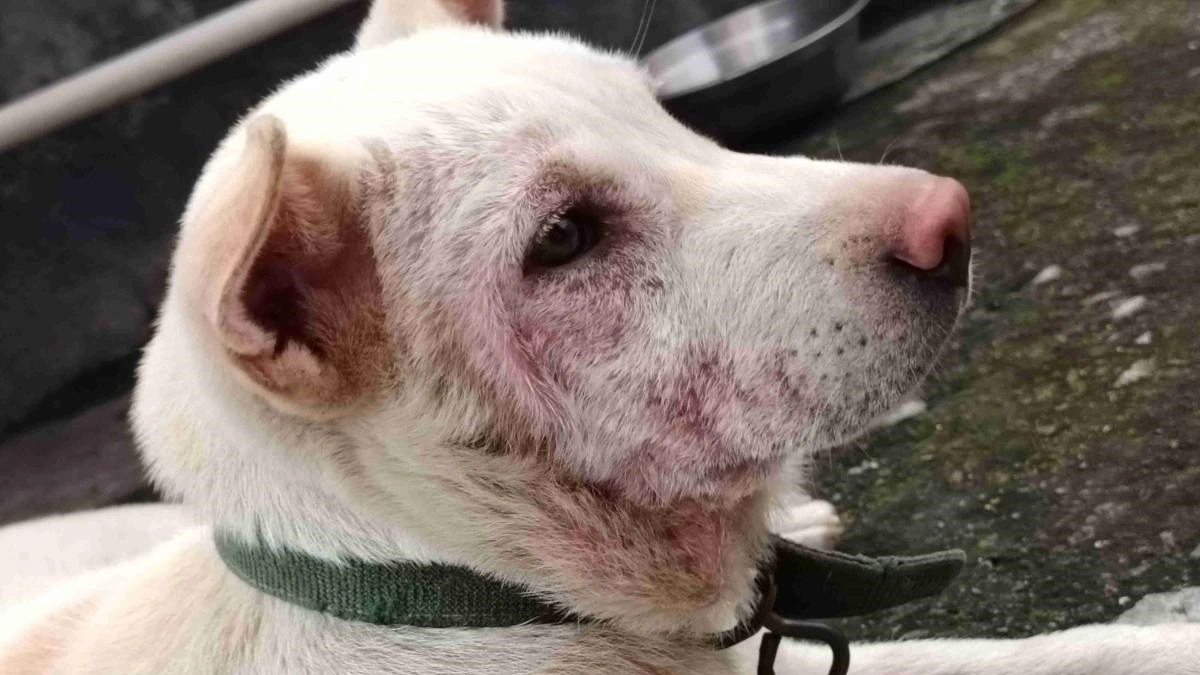
How to Get Rid of Dog Allergies Naturally: Common Mistakes

Dog Allergic Reaction Eye Swelling: Hidden Mistakes to Avoid
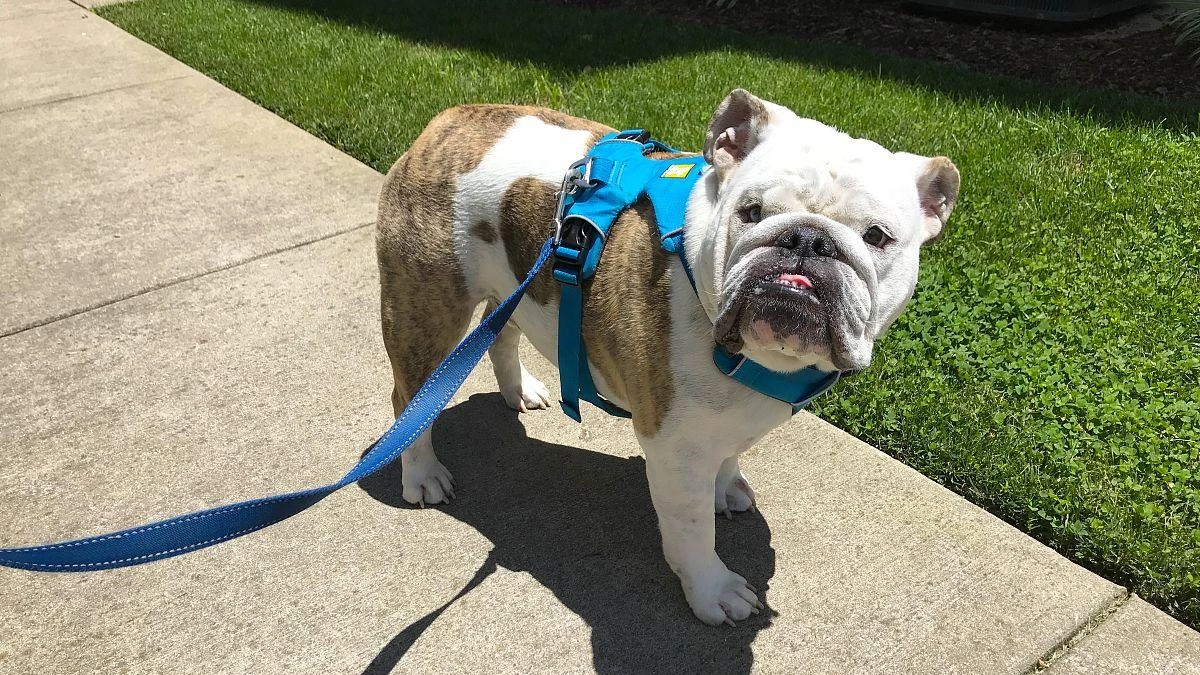
Why Do Bulldogs Scratch? Bulldog Skin Allergies Guide
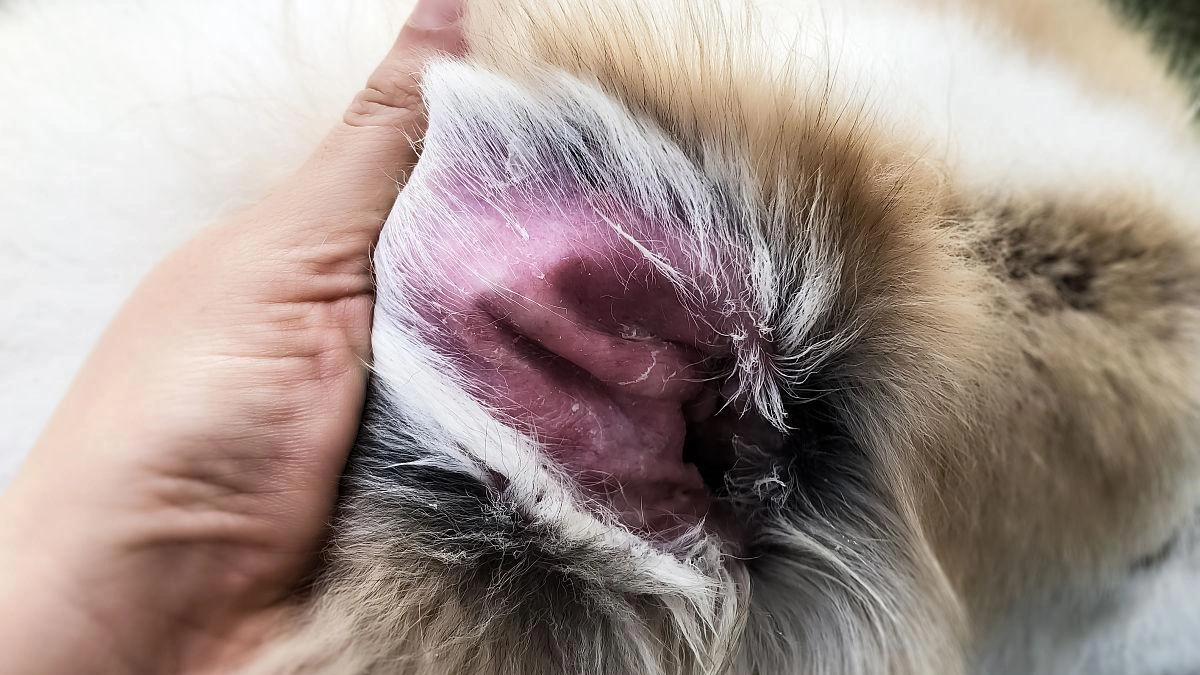
Cure for Dog Skin Allergies Owners Often Miss

How to Get Rid of Dog Allergies Naturally: Common Mistakes

Dog Allergic Reaction Eye Swelling: Hidden Mistakes to Avoid

Why Do Bulldogs Scratch? Bulldog Skin Allergies Guide

Cure for Dog Skin Allergies Owners Often Miss
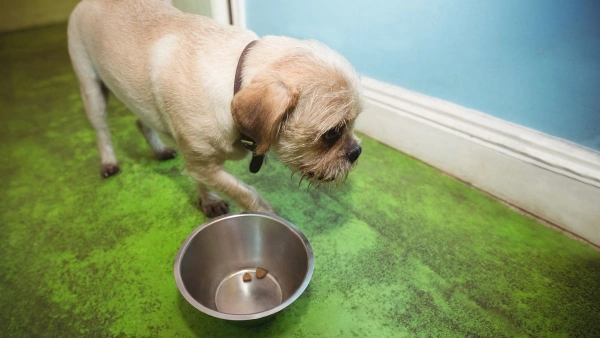
Vet-Recommended Wet Dog Food for Sensitive Stomachs — 2025 Guide
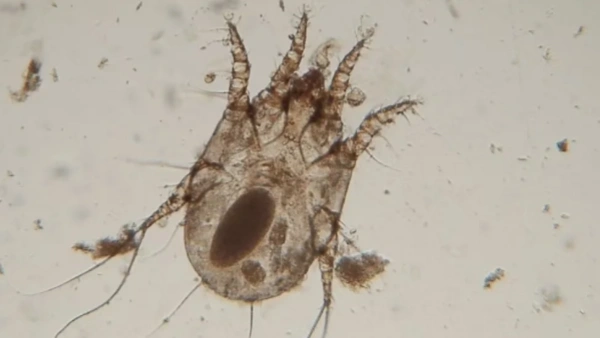
Dog Dust Mite Allergy: Symptoms, Treatment, Prevention
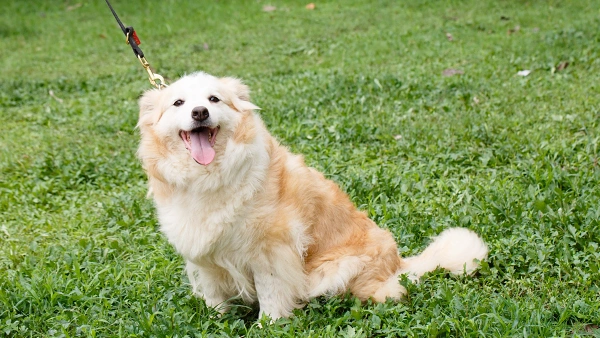
Can Allergies in Dogs Cause Diarrhea and Vomiting? Explained
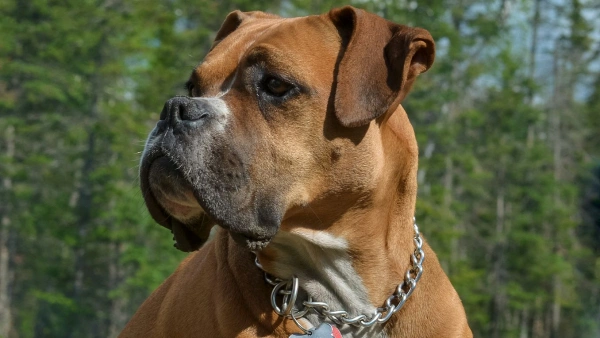
10 Pitbull Health Problems You Should Know in 2025 — Tips
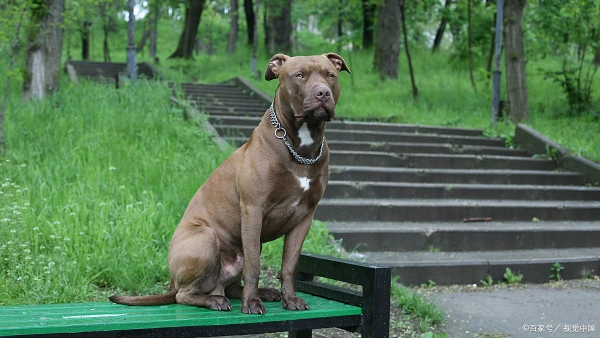

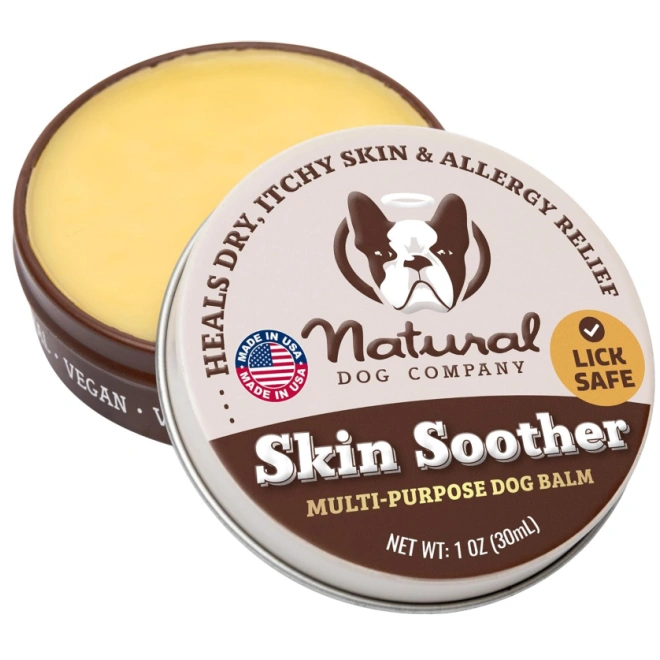
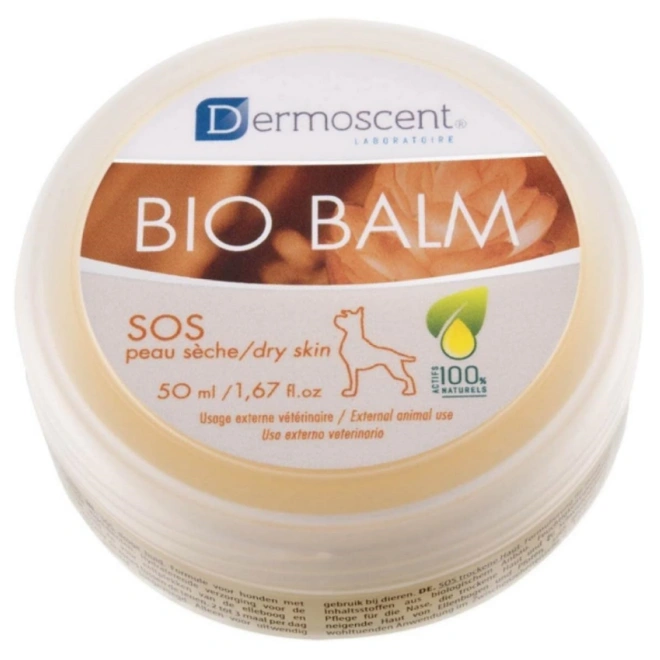
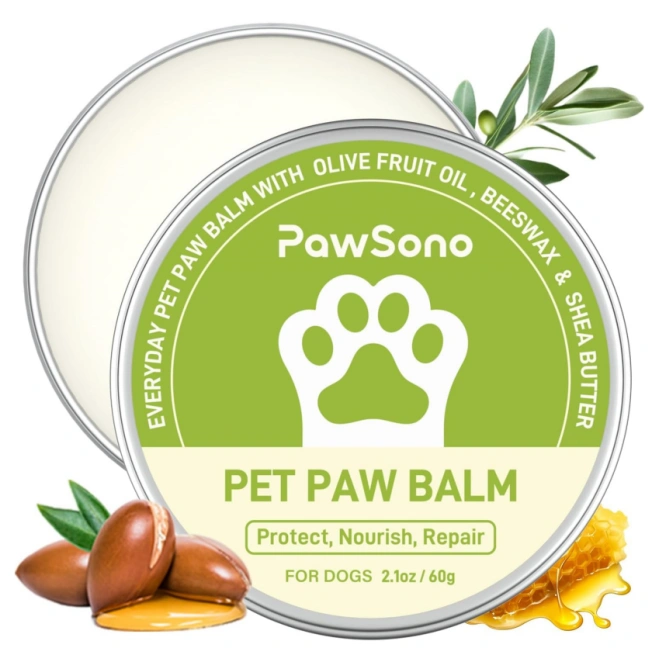
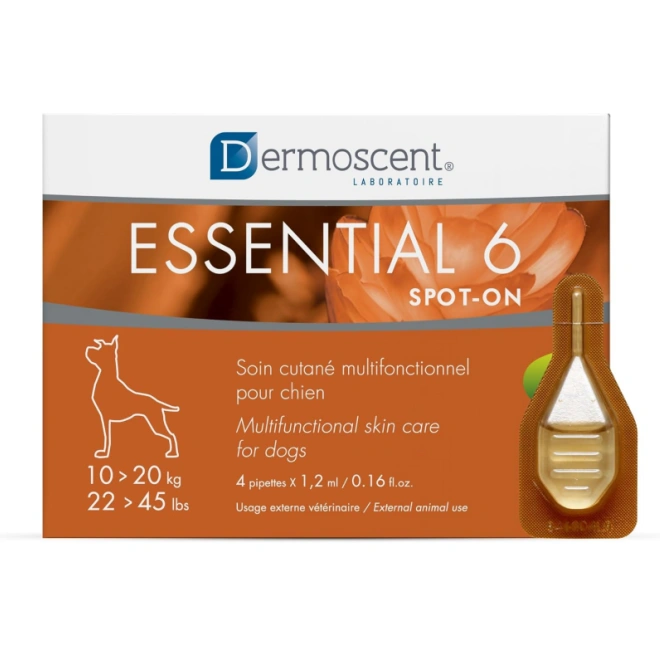








Leave a Reply